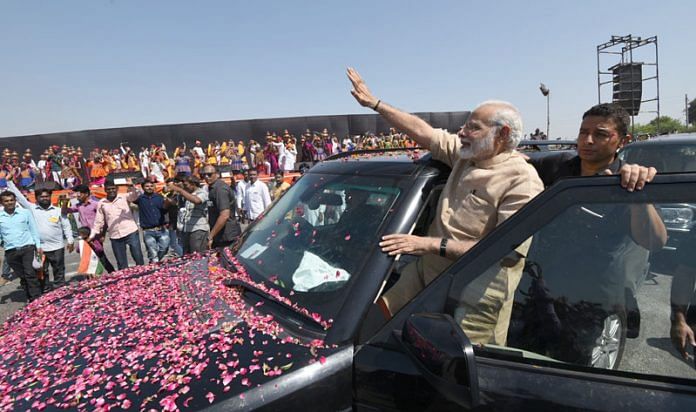The Gujarat model of economic growth and development is premised on the claims of accelerated infrastructure development of roads, highways, dams, and a spike in foreign investment. But critics have said that moderate achievements have been over-hyped, and it does not account for the decline in social indicators. The Patidar agitation of 2015 further emphasised the waning job market in Gujarat.
Is the Gujarat model of economic growth and development a myth or reality?
The ‘Gujarat model’ is real enough. The question is, what exactly is it a model for? In terms of both the level and growth rates of income per capita, Gujarat is and has been in the top five among the 20 major states (in terms of population) since the early 1990s. Gujarat’s rank is also high in terms of some measures of infrastructure, such as availability of power per capita.
However, for most other development indicators, its rank is quite low. If we rank states by the percentage of people below the poverty line from the lowest to the highest, Gujarat’s rank is 10 among the 20 major states. Gujarat is ranked 11th if we order states from the lowest to the highest in terms of infant mortality. For life expectancy, its rank is 10. In terms of the human development index, Gujarat’s rank is 10. If we just looked at these indicators, we would have concluded that Gujarat is an average or below-average state.
More than that, the picture has not changed much since the early 1990s. Three decades of high growth rate have not led to an improvement in development indicators. Not just that, there actually has been a decline in Gujarat’s rank in terms of the percentage of people above the poverty line.
Here are other sharp perspectives on the Gujarat model of economic growth:
Yoginder K. Alagh: economist and former union minister
Deepender Singh Hooda: MP, Congress
Tavleen Singh: author and columnist
Shekhar Gupta: chairman and editor-in-chief, ThePrint
Gaurang Jani: lecturer, dept of sociology, Gujarat University
Atul Sood: professor, JNU
Sushmita Dev: congress MP
Therefore, Gujarat is a classic case of a corporate-led development model facilitated by the state which involves increasing prosperity for the rich, but very little benefit of growth trickles down to the wider population.
Moreover, the difference between Gujarat’s growth rate of income and that of the rest of India stayed roughly the same before and after Modi’s rule. Therefore, it is questionable whether Modi can claim credit even for the positive aspects of the Gujarat model. However, the marketing of the Gujarat model as part of a political campaign has been brilliant so far. How long it continues to work is the question.
Maitreesh Ghatak is a professor of economics at London School of Economics.






